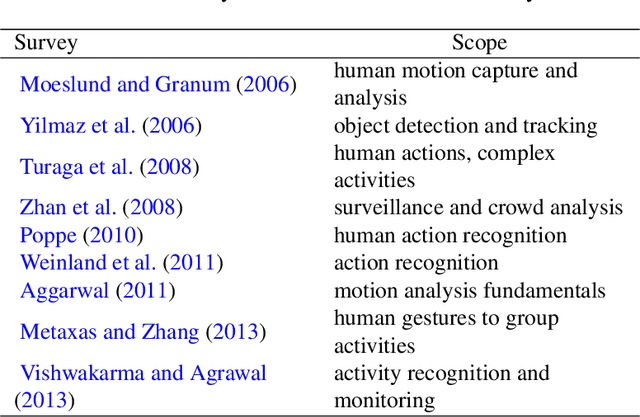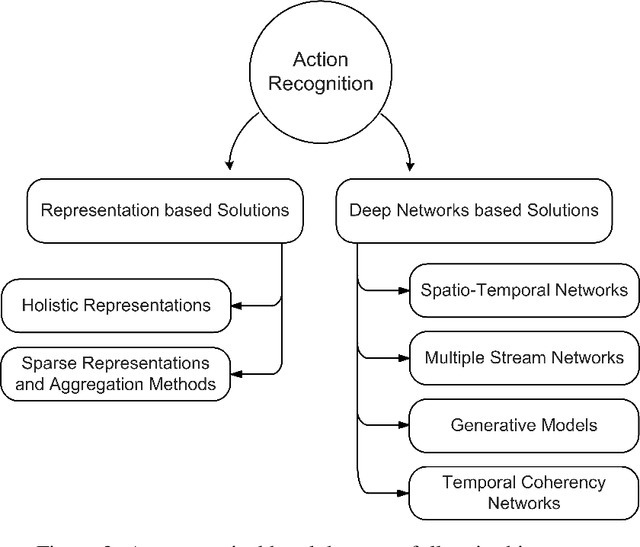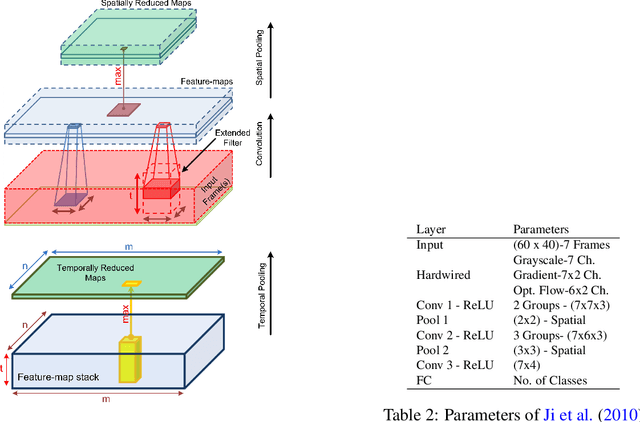Going Deeper into Action Recognition: A Survey
Paper and Code
Feb 01, 2017



Understanding human actions in visual data is tied to advances in complementary research areas including object recognition, human dynamics, domain adaptation and semantic segmentation. Over the last decade, human action analysis evolved from earlier schemes that are often limited to controlled environments to nowadays advanced solutions that can learn from millions of videos and apply to almost all daily activities. Given the broad range of applications from video surveillance to human-computer interaction, scientific milestones in action recognition are achieved more rapidly, eventually leading to the demise of what used to be good in a short time. This motivated us to provide a comprehensive review of the notable steps taken towards recognizing human actions. To this end, we start our discussion with the pioneering methods that use handcrafted representations, and then, navigate into the realm of deep learning based approaches. We aim to remain objective throughout this survey, touching upon encouraging improvements as well as inevitable fallbacks, in the hope of raising fresh questions and motivating new research directions for the reader.
 Add to Chrome
Add to Chrome Add to Firefox
Add to Firefox Add to Edge
Add to Edge